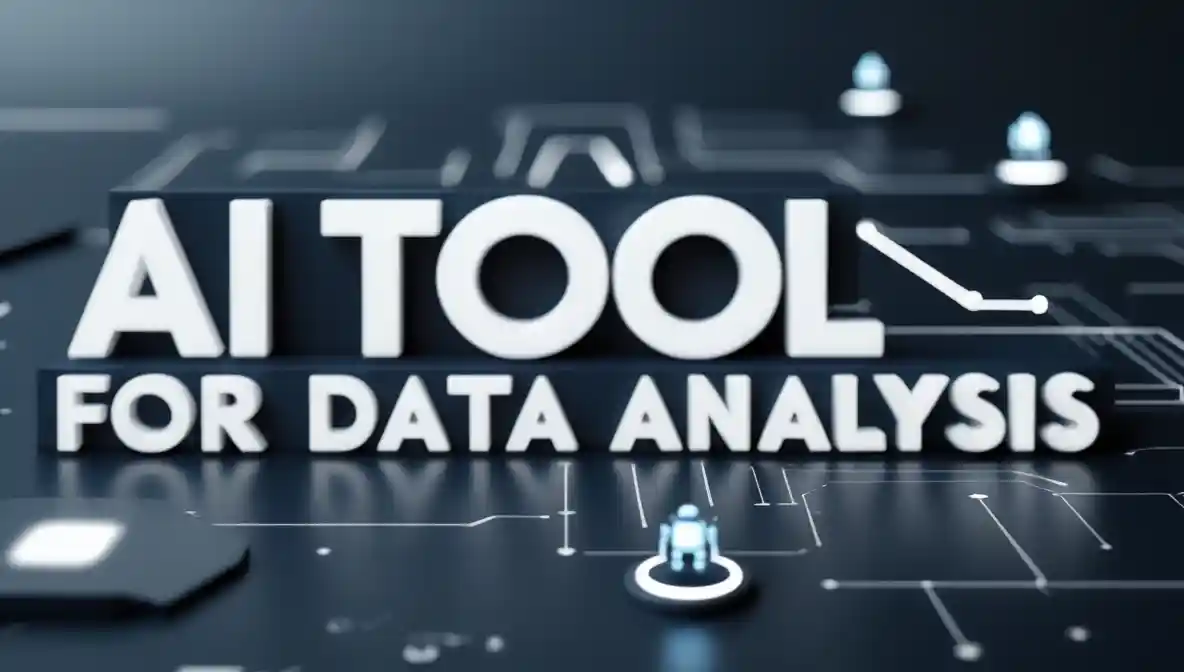Your use case will determine the best AI for data analysis. Some popular choices are TensorFlow, PyTorch, and IBM Watson.
As society moves deeper into the data age, AI tools for data analysis are increasingly important. Data analytics professionals are trained on data, helping companies make sense out of unfathomable amounts of information, finding trends, and making better business decisions. Tim is one of the many AI tools out there, but selecting one can be difficult.
Now, each of these tools mentioned has its own uniqueness and strengths for a certain tasks and industries. In this blog post, we will discuss the best AI tools for data analysis and what are the benefits of these tools and how you can find one which suits your need. From business owners and data scientists to tech enthusiasts equal, the right AI tool can enable you to take your data analysis to the next level.
Introduction To AI in Data Analysis
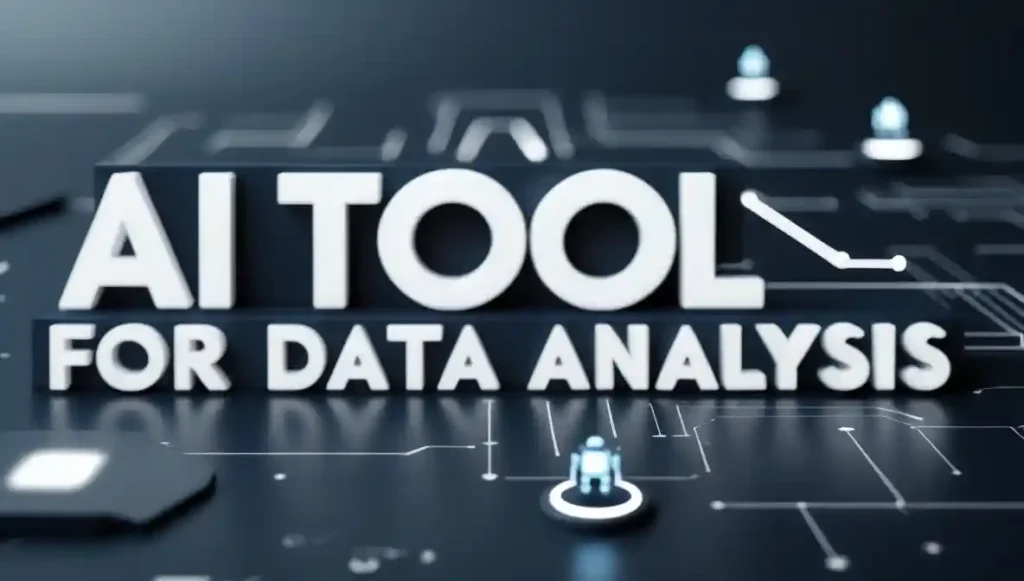
In the era of data, where large datasets are required for analysis of data. Conventional methods can be time-consuming and subject to human error. AI powered data analysis provides a quick and precise solution. In this introduction, we will discuss how AI is used to revolutionize data analysis.
Importance Of Data Analysis
Data analysis can help businesses make decisions that are not made on a whim. It uncovers patterns, trends, and insights that drive growth. For example:
Getting insight into customer behavior
Drives operational efficiencies
Discovering new market opportunities
Data analysis is essential to remain competitive.
Common phrases and trends in modern data analysis.
AI Functions as a Data Analyzer. AI incorporates advanced data analysis techniques by automating complex tasks. It can work through data quicker than humans. AI algorithms can:
Detect anomalies in real-time
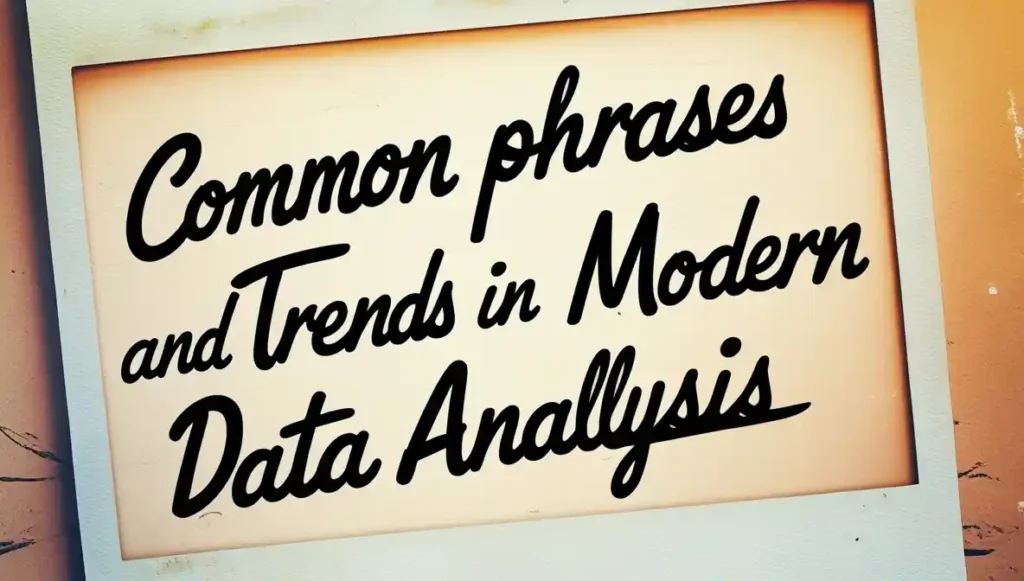
Cause predictions of future trends have a high accuracy
The process of classification is stored as training data.
Machine learning and neural networks are just examples of AI tools that deal with huge datasets. They reveal hidden patterns and actionable insights. This ability is revolutionizing industries.
Guidelines for Selecting AI Resources
It’s not easy to decide which AI tool to use for data analysis. You have a few things to take into consideration to make sure you are selecting the best tool for your needs. Each criterion is important for measures, from accuracy to cost. Here are the key factors to weigh.
Accuracy And Performance
As with any AI tool, accuracy and performance are key. The tool must return accurate results. Performance — how quickly and effectively the tool works with data. An AI tool should be able to manage large data sets without lag. Seek out the tools with proven accuracy. Look at user reviews and performance benchmarks.
User-friendliness
It needs to be user-friendly. An intuitive interface should be guaranteed for the AI tool. It’s written in such a way that even beginners can use it. Choose tools that come with straightforward guides and tutorials. Check whether the tool provides some level of customer support. Intuitive dashboards and easy commands make a huge difference.
Integration Capabilities
Integration capabilities are important. The tool will be well integrated with the other software you use. Make sure it works with your data storage systems and your analytical software. It is also vital to work with cloud services. Integrate well, save time and energy
Cost And Scalability
Cost is always a factor. Find tools that fit within your budget. Look at the total cost of ownership, rather than just the sale price. Scalability is also key. Your needs may grow. The tool should scale with increasing data volume with no extra cost. Find Plans And Flexible Price Models. Pay-as-you-go terms can also be advantageous.
Tool 1: IBM Watson

IBM Watson is one of the best AI tools for analyzing data. It uses AI and machine learning to provide valuable insights. IBM Watson helps businesses make data-based decisions.
Key Features
What are IBM Watson’s key features? It features natural language processing, which allows us to comprehend and evaluate textual information. It also provides predictive analysis via machine learning capabilities. At its core, it has utility, but users can plug it into other IBM services on top. Streaming data enables the analysis of data as it becomes available.
Pros And Cons
Here are some benefits of using IBM Watson: It works on various types and sources of data. The tool has some robust security features and secures your sensitive data. Thanks to user-friendly interfaces, even novices can use the software. But for small businesses, it could be costly. The learning curve can be steep for some.
Ideal Use Cases
For large corporations that require in-depth analysis of their data, IBM Watson is the best natural language processing service for you. It can be used in all of the healthcare sectors during patient data analysis and prediction. It can be used by financial institutions для risk assessment and fraud detection. Customer sentiment analysis also holds benefits for marketing teams. It may be less cost-effective for small-бusinesses.
Credit: www.youtube.com
Tool 2: Google Cloud AI

Google Cloud AI provides a powerful set of data analytics tools. It uses some of Google’s powerful AI and machine learning tools, making it an attractive option for businesses and researchers.
Key Features
Google Cloud AI is feature-rich, designed to facilitate the analysis of data:
Automl: Create custom models with minimal effort.
BigQuery: Analyse massive datasets with speed.
AI Platform: Deploy and manage your machine learning models
Natural Language API: Derive insight from text data.
Change AI: Efficiently analyse images and videos
Pros And Cons
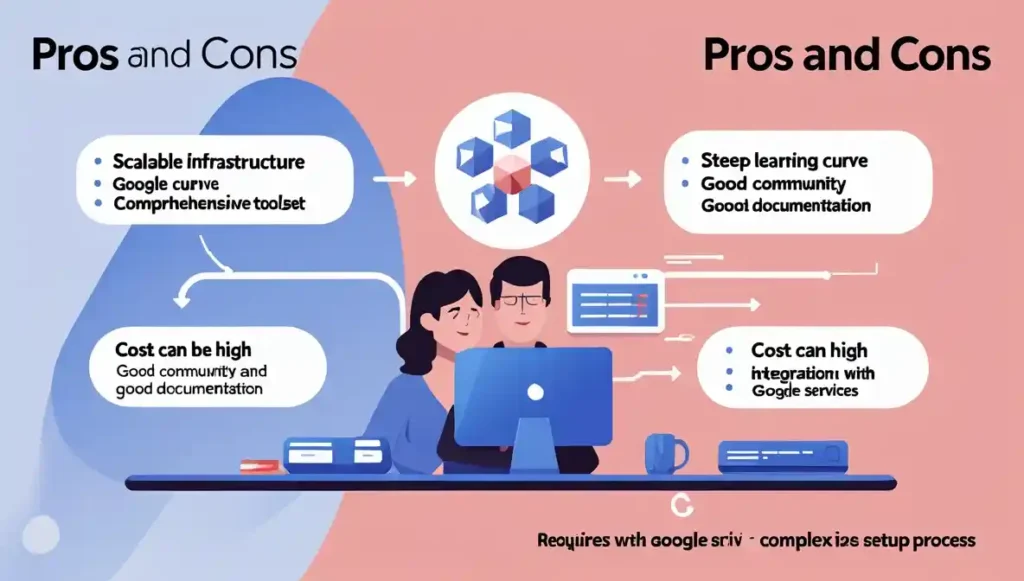
Ideal Use Cases
Best For: Google Cloud AI is best suited for
Analysis of large-scale data: Ideal for large functional data.
Machine Learning projects: Train your models using its AI Platform.
Natural Language API: Gain insights from your text.
Analysis of image and video data: Use Vision AI for media data
Bespoke ML solutions: AutoML helps build customized models؈
Tool 3: Microsoft Azure AI

Microsoft Azure AI—This tool is designed for data analysis. It provides various tools for companies to explore their data. This tool has multiple industry-specific features and assists companies in making data-driven decisions.
Key Features
Machine learning models are made available by Microsoft Azure AI. They can sweep through vast amounts of data in moments. It also offers natural language processing. This is useful for text data analysis. Other Microsoft tools work with Azure AI. That applies to Power BI and Excel. AI services allow users to automate tasks as well. This helps in reducing manual work and saves a lot of time.
Pros And Cons
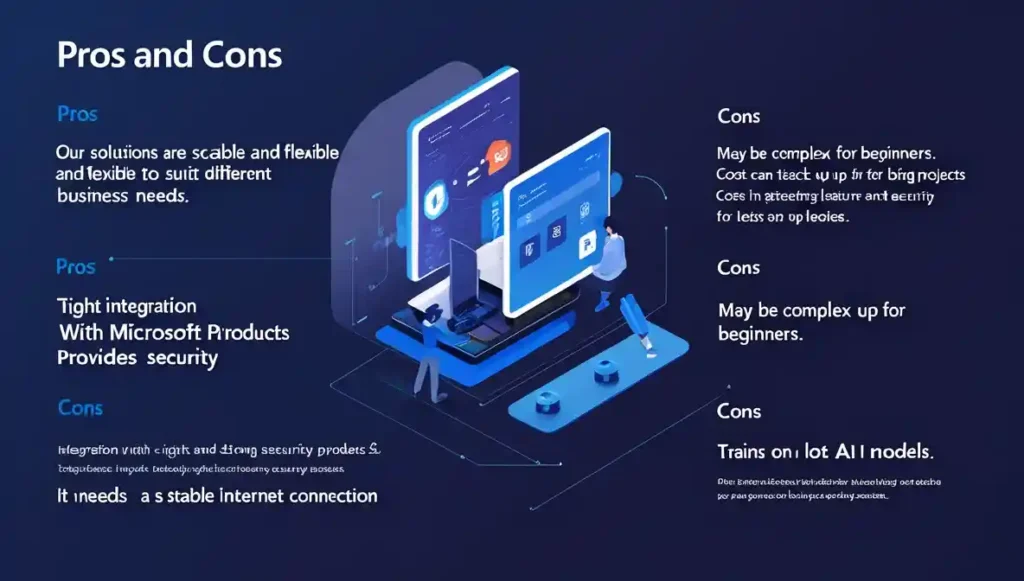
Ideal Use Cases
Microsoft Azure AI—Best for Large Enterprises: It is best for large enterprises that have to process a lot of data. It also works well for organizations using other Microsoft tools. Companies can use it for customer sentiment analysis. Retailers can predict sales and plan inventory. Medical practitioners can mine patient data to improve care.
Tool 4: Amazon Sagemaker

Amazon Sagemaker is a feature-rich platform for data analysis. It allows data scientists and developers to quickly prepare, build, train, and deploy machine learning models. SageMaker is a broad and easy-to-use set of services.
Key Features
Amazon SageMaker comes with a fully managed environment. This package includes Jupyter notebooks for data exploration and visualization. (Users can use built-in algorithms or their own.) It also supports automatic model tuning for performance optimization and provides scalable training and hosting for ML models through SageMaker.
Pros And Cons
Pros:
Easy to set up and use.
They also handle large datasets using scalable infrastructure.
Works for many frameworks and algorithms.
Less manual work means a time-saving approach.
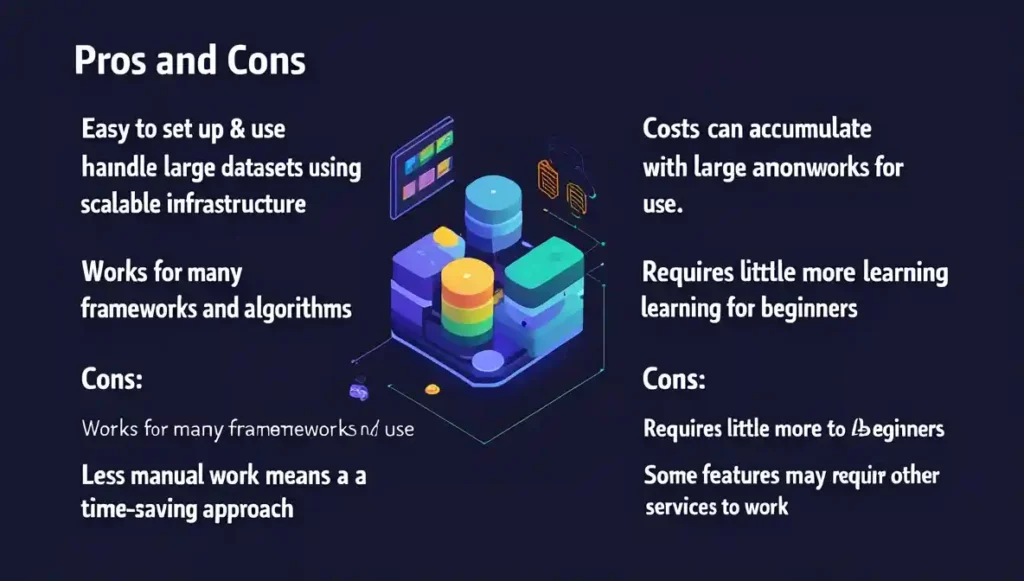
Cons:
Costs can accumulate with large amounts of use.
Requires a little more learning for beginners.
Some features may require other AWS services to work.
Ideal Use Cases
Amazon SageMaker is a great choice for enterprises with massive datasets. It is ideal for teams that require scalable solutions. Also, it is interesting for users looking for a fast and easy approach to deploying machine learning models. For example, SageMaker performs very well in the finance, healthcare, and retail industries. It is useful in constructing predictive models, Data Analysis, etc.
Tool 5: Datarobot

DataRobot — Robotic Process Automation to Process Data. It leverages machine learning to rapidly build and deploy predictive models. It is famous among data scientists and business analysts. Its customer-friendly interface allows even beginners to use it.
Key Features
So, Automated Machine Learning — DataRobot automates the entire data science process, end to end. Everything from model selection to training to deployment.
When the model makes a prediction, the tool helps you understand why; This guide gives users insight into decision making.
Scalability – It can process all kinds of data, even large ones, and can be scaled as required. This is essential for any big data projects.
Integration — It integrates nicely with other data tools and platforms. This creates a smooth webdriver workflow.
Pros And Cons
Pros
Cons
Easy to use for beginners
Supports various data sources
Fast model deployment
Comprehensive documentation
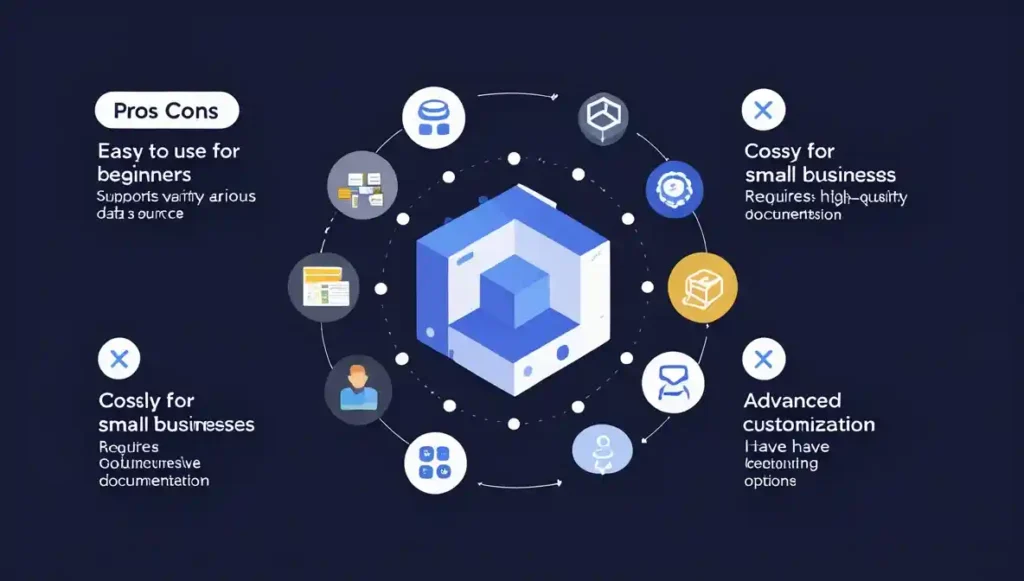
Costly for small businesses
Requires high-quality data
Limited customization options
Advanced features have a steep learning curve
Ideal Use Cases
Financial Services: Anticipate credit risk, prevent fraud, and analyze market trends
Healthcare: Predicting Patient Outcomes, Optimizing Resource Allocation, Identifying Disease Patterns.
Retail: Deliver personalized customer experiences, predict demand, and optimize supply chain.
Manufacturing: Elite equipment failures, improve production processes, and manage quality control.
Credit: datasciencedojo.com
Comparison Of Top AI Tools
Making the right choice of AI tool can be quite a tuff task to do when it comes to data analysis. You have performance, cost, ease of use, and a whole bunch of other items to consider. We made a comparison of the top AI tools for you so you can choose wisely.
Performance Comparison
When choosing an AI tool for data analysis, performance is key. We compare the speed and accuracy of various tools here.
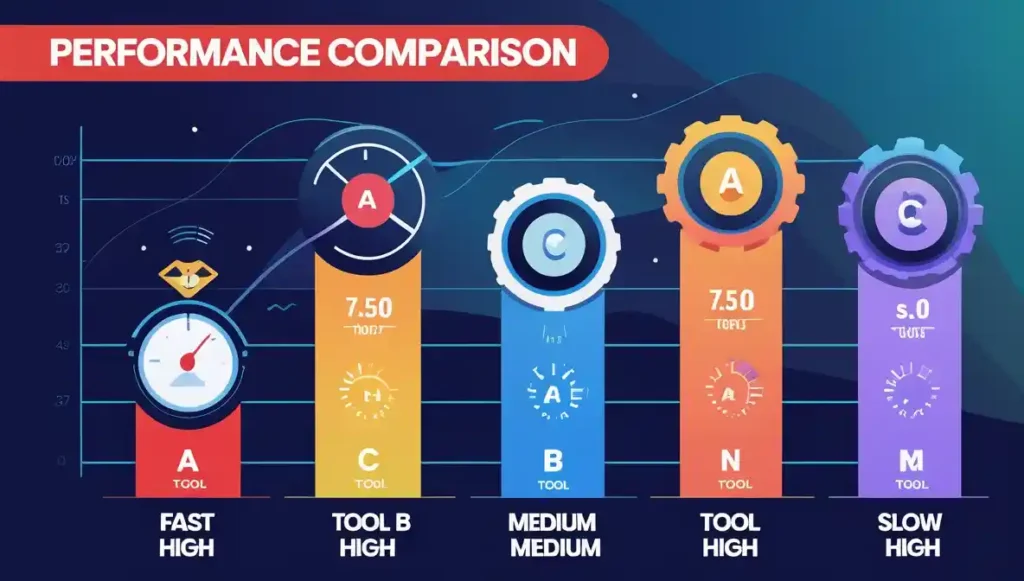
Cost Comparison
Cost is another vital consideration. Here is a comparison of the pricing models of the most popular AI tools.
Tool A: $100/month
Tool B: $50/month
Tool C: Free
Ease Of Use Comparison
How easy it is to use can make a huge difference in your productivity. Here’s how the tools stack up:
User-friendly interface, requires minimal training.
When you have tools (A, B, C) to implement based on some researched impact, you can anticipate.
• Tool C: Back-story: Complex interface, extensive training required.
Credit: www.geeksforgeeks.org
Frequently Asked Questions
Which AI is Best For Data Analysis?
The best AI to analyze data will usually vary based on your requirements. Some well-known tools include TensorFlow, PyTorch, and IBM Watson. Each has unique features.
Why Use AI for Data Analysis?
Data is analyzed better and faster by machine learning tasks. It improves accuracy and helps to work on huge datasets. This expends less time and resources.
What Are The Popular AI Tools For Data Analysis?
Some of the most popular AI tools for data analysis are TensorFlow, PyTorch, IBM Watson, and RapidMiner. These tools provide several features and support.
How Does AI Enhance Data Analysis?
AI enhances data analysis through accurate predictions and insights. It also does well with large data sets. This helps improve the decision-making.
Conclusion
To combat this, you need the best AI and data analytical tool that suits your business needs. There are many tools that serve diverse purposes. Define your needs and find the appropriate AI fit. Be sure to look at things like ease of use, cost, and support. Trying out a few options can give you better guidance.
Do keep in mind that the best AI simplifies your data work. Choose, and optimize for your data analysis!
